The Statue of Liberty has stood as a powerful symbol of freedom and hope since its dedication in 1886.
While most recognize this iconic landmark as a welcoming sight for immigrants entering the United States, its rich history and unique design offer much more to uncover.
Below, we explore fascinating facts about the Statue of Liberty that even history buffs might find surprising.
1. A Roman Goddess inspired the Statue

The Statue of Liberty’s full name is Liberty Enlightening the World, and she is modeled after Libertas, the Roman goddess of freedom.
In ancient Rome, Libertas was a symbol of liberty, particularly during the period after Julius Caesar’s assassination, when the Republic was being restored.
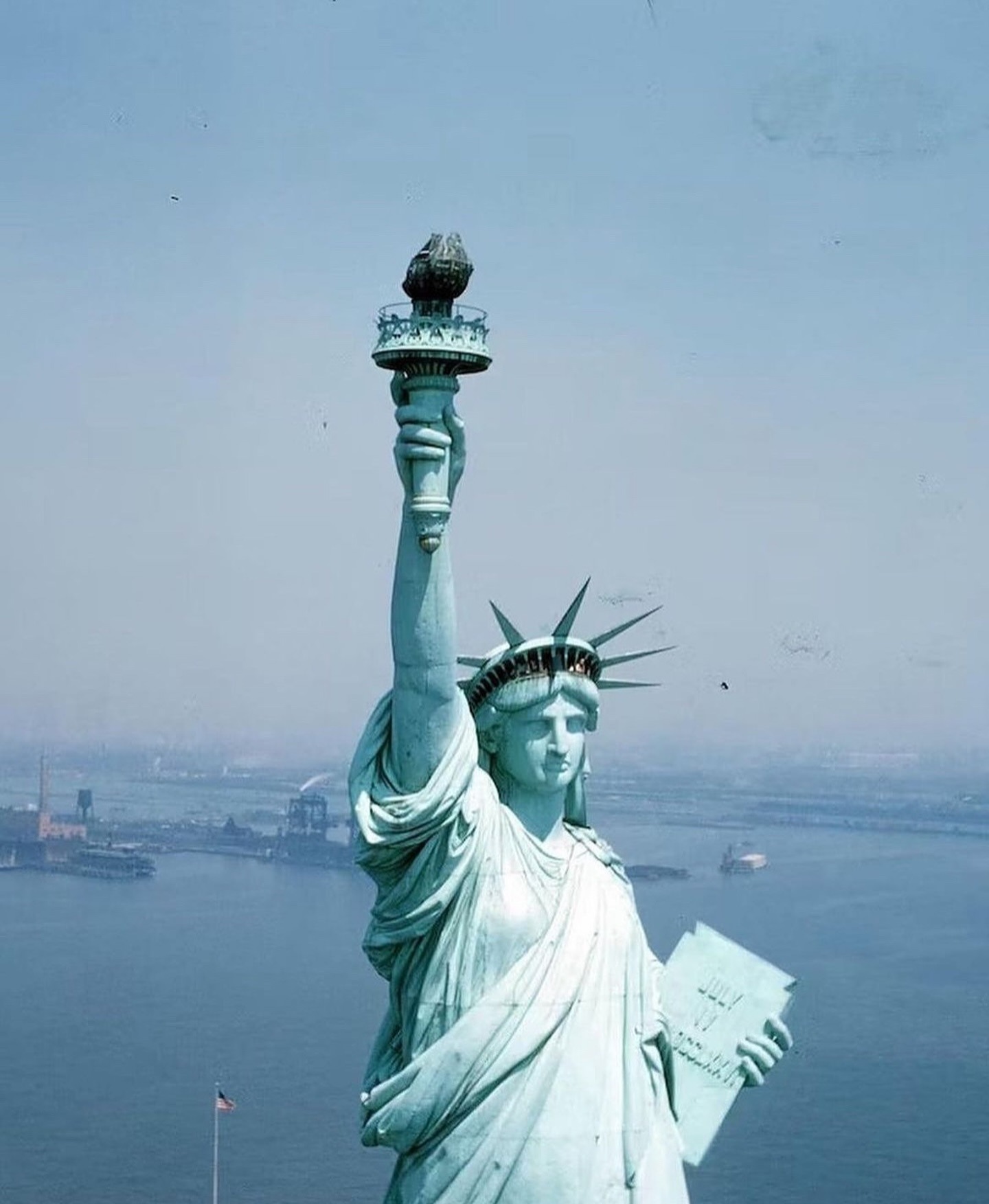
This goddess was often depicted on Roman coins, representing a strong sense of independence and self-governance. Today, Lady Liberty carries that same spirit, serving as an emblem of freedom across the globe.
2. The crown spikes represent the entire world

The seven spikes on Lady Liberty’s crown have a deeper significance than many realize. They symbolize the seven continents and seven oceans, as the statue’s message of inclusivity and freedom for all.
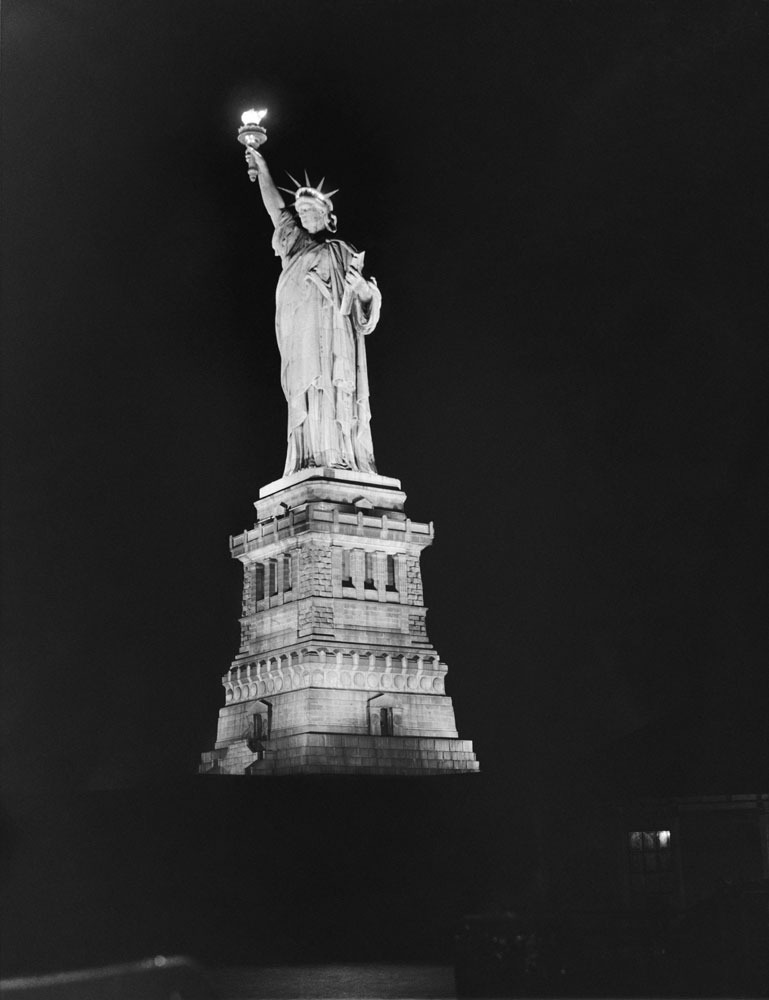
This design speaks to her role as a global figure, welcoming not just American citizens but immigrants and travelers from all corners of the earth.
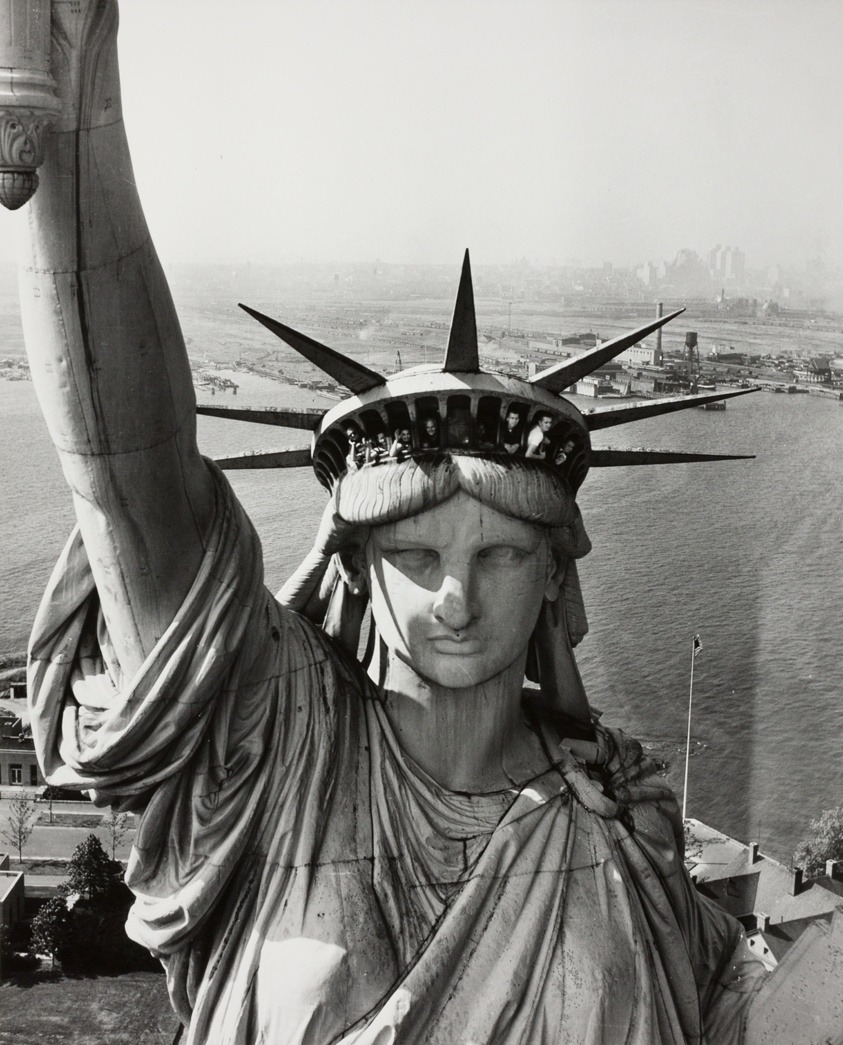
She represents the idea that freedom should be universal, touching every continent and ocean.
3. Struck by lightning 600 times each year

While Lady Liberty stands for hope and freedom, she also endures extreme weather conditions.
Every year, the statue is struck by lightning around 600 times due to her exposed position in New York Harbor.
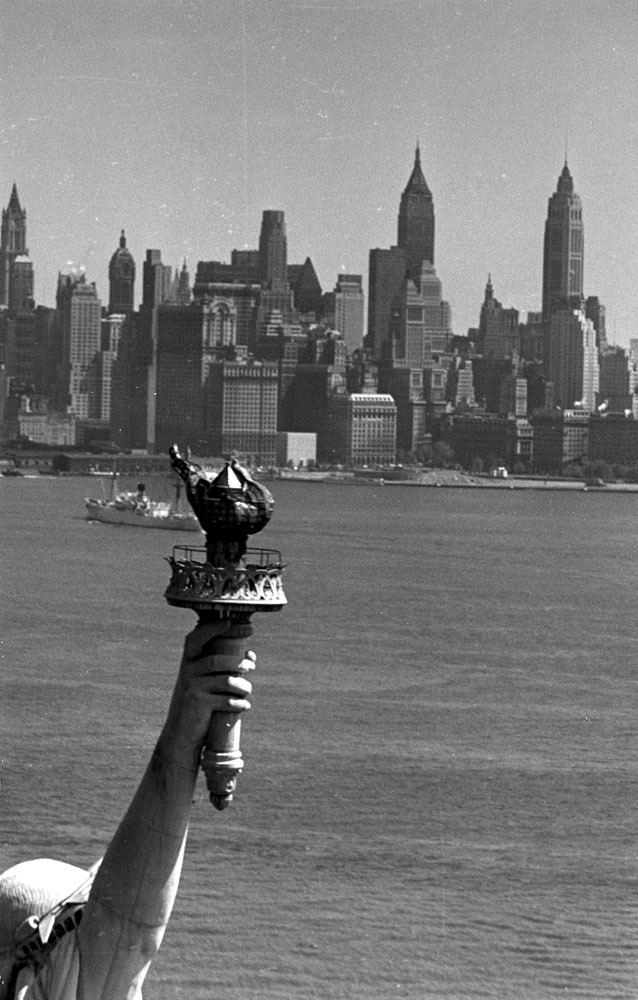
Her height and metal framework make her especially vulnerable to lightning strikes. Despite this, she stands strong, embodying the resilience of the ideals she represents.

Additionally, during strong winds, the statue’s torch can sway up to five inches, further demonstrating her endurance through the elements.
4. The mastermind behind the Eiffel Tower helped build her
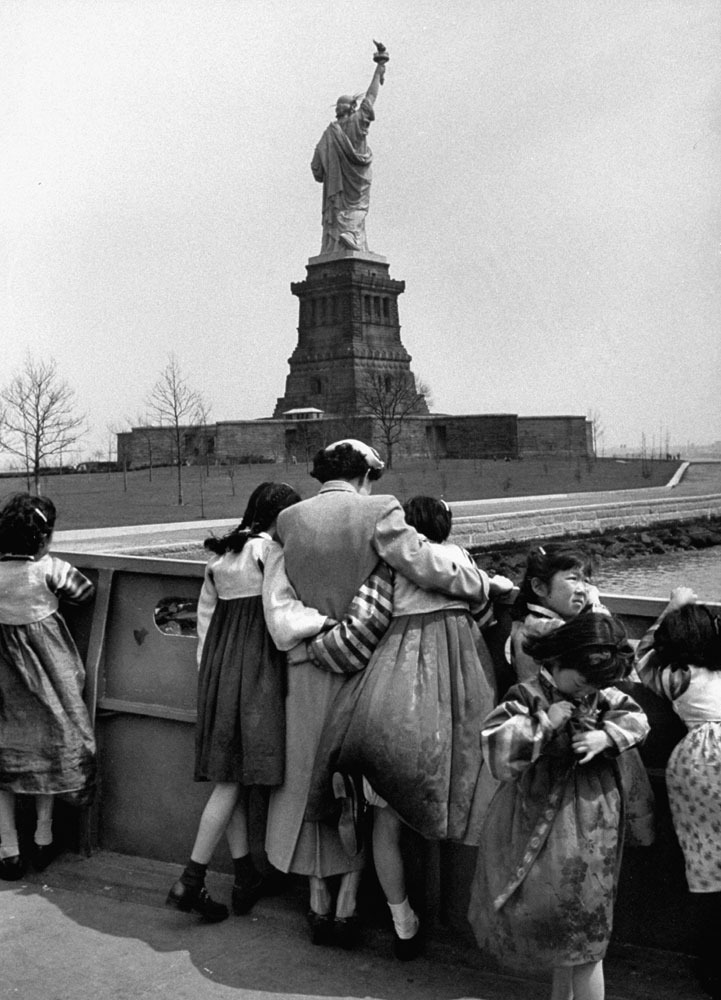
Although Frédéric-Auguste Bartholdi designed the statue, the internal structure that holds it all together was crafted by none other than Gustave Eiffel, the engineer responsible for the Eiffel Tower.
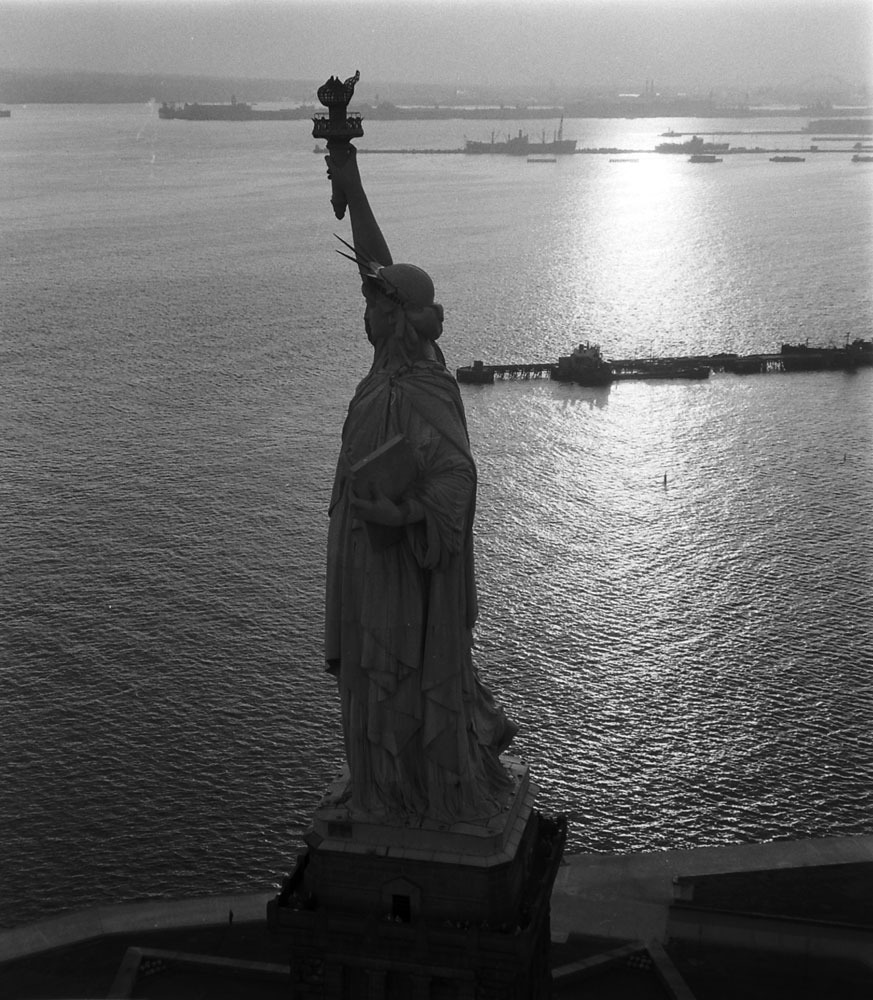
Eiffel’s expertise in creating large-scale structures allowed the statue to withstand the test of time.
The internal iron framework was revolutionary at the time, contributing to both the strength and flexibility of the monument.
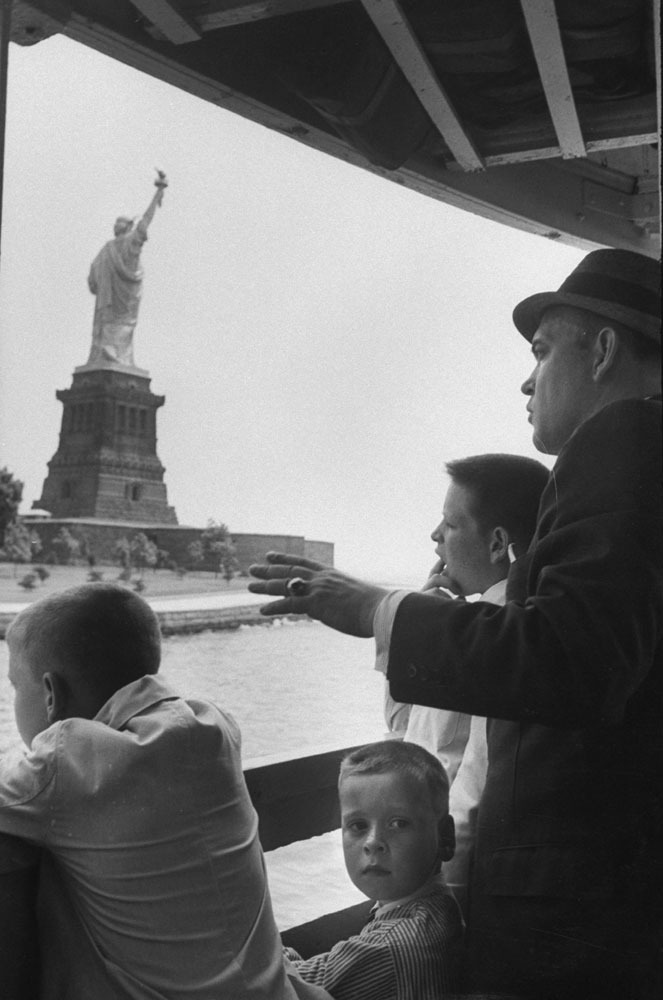
Thanks to this collaboration, Lady Liberty remains one of the most structurally sound landmarks in the world.
5. Lady Liberty’s face is modeled after the sculptor’s mother

Frédéric-Auguste Bartholdi added a personal touch to the design of the statue by modeling her face after his own mother.
This intimate detail gives the statue an even deeper connection to humanity.
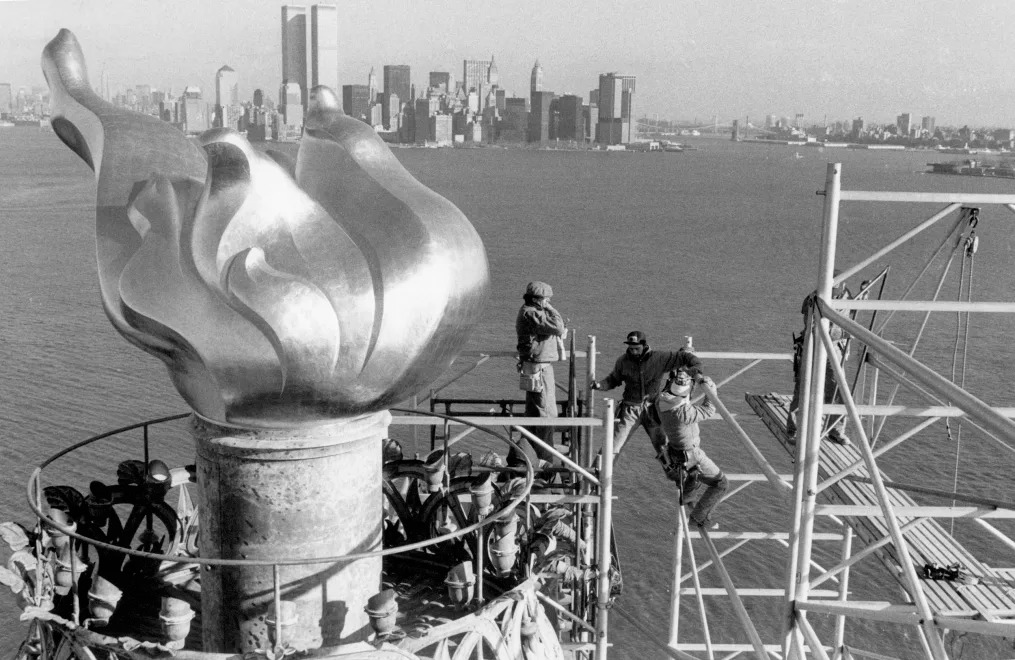
Bartholdi’s decision to use his mother’s face underscores the idea of liberty as both nurturing and protective, echoing the maternal qualities that guide a nation toward freedom and opportunity.
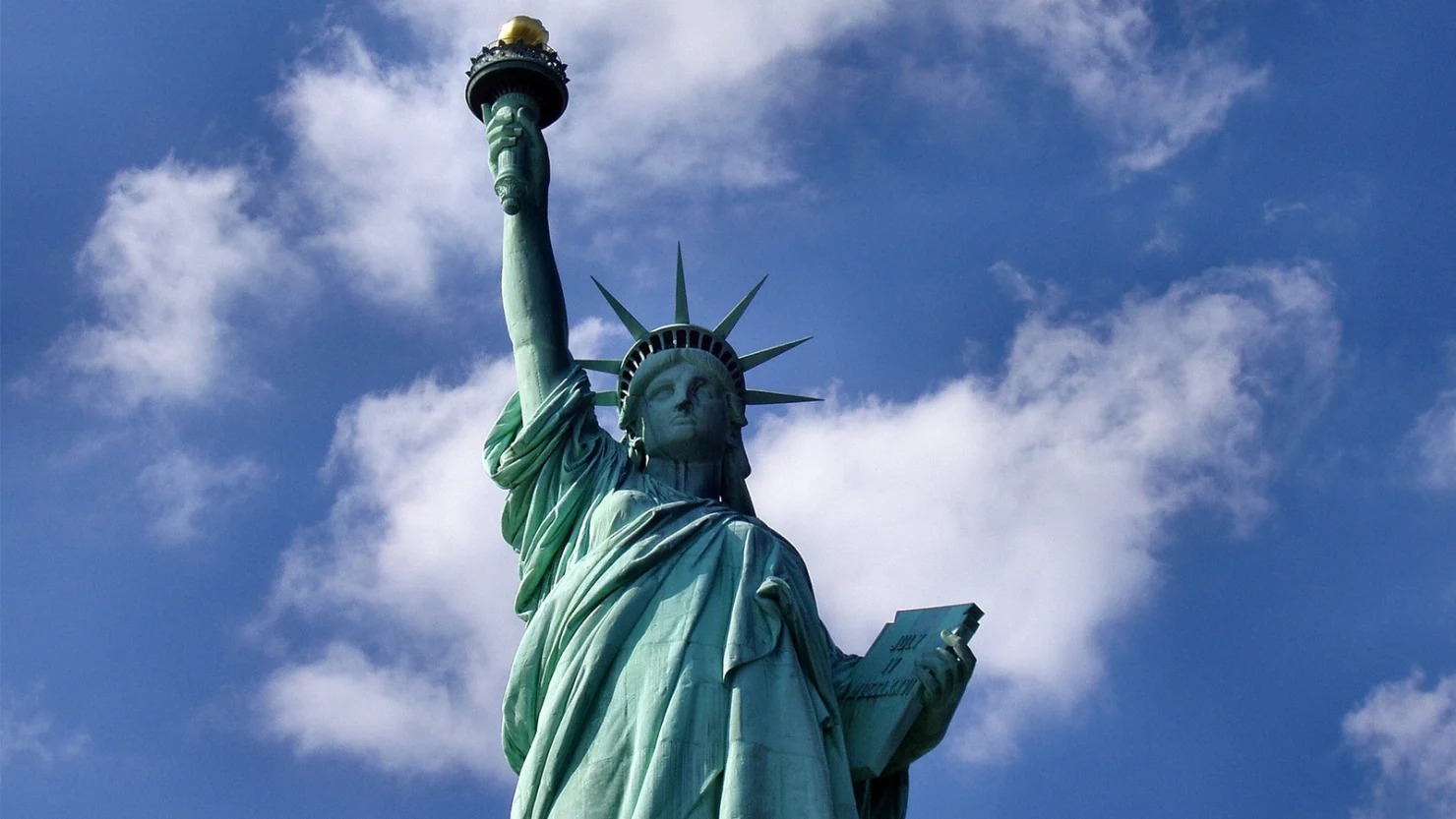
It’s a fitting tribute to the motherly role the statue has played in welcoming immigrants to the United States for generations.

